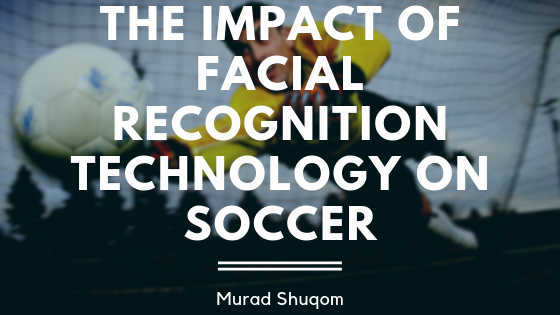In today’s ever-advancing technological world, facial recognition technology has become a well-known technology that is widely implemented. From unlocking phones to catching criminals in a crowd, facial recognition technology has become an important part of security software.
While facial recognition technology is not new, it was only introduced in soccer recently. The first club ever to implement this technology, Brondby, a Danish club used automated facial recognition (AFR) to help keep the venue safe. AFR scans spectators upon entry to ensure that they are not people that have been previously banned. Facial Recognition allows staff to stop them from sneaking into the stadium and to ensure the safety of spectators and players. In addition, it also discourages unlawful behaviors since facial recognition software will make it much harder to misbehave or not follow stadium rules.
Although many see facial recognition software as a threat to their privacy, AFR allows Brondby to safely host their games without compromising safety. Facial recognition technology allows them to inspect spectators without having a convoluted security check process that would inevitably lengthen the line. Therefore, technology like AFR speeds up the entrance process while increasing security at the same time. This type of technology is particularly useful for security checks for big events including soccer matches or concerts.
While facial recognition technology records personal data, Brondby’s AFR only allows access to authorized operators and no access is given to police unless an investigation is launched by the club. This ensures the spectator’s privacy is protected to some degree. In addition, the Danish Data Protection Authority had approved the use of AFR.
Brondby’s use of AFR also implies an optimistic vision for the future of soccer. Being the first to use facial recognition software, Brondby leads the way for future implementation of facial recognition software in soccer games. The use of this technology is likely to grow and to be implemented in major soccer stadiums. It is also set to be used in the upcoming Tokyo Olympic and Paralympic Games in 2020.
Although facial recognition technology seems great, flaws still remain that need to be corrected. There have been cases where it has malfunctioned and falsely identified people as potential criminals. Contrarily, facial recognition technology is still making a lot of progress and helping us with our everyday lives.

